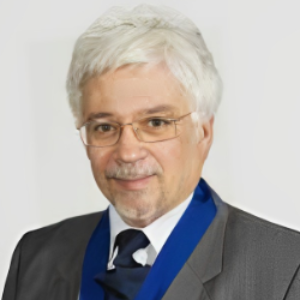Title : Neurological recovery and its prognostic indicators following traumatic spinal cord injuries
Abstract:
Fortunately the incidence of Traumatic Spinal Cord Injury (TSCI) is rare 10-50/million population/year. Trauma to the spinal cord however results in a multi-system physiological impairment and malfunction, paralysis, sensory loss and a potential wide range of medical and non-medical complications. The injured spinal cord is Physiologically Unstable and can also be further damaged by non-mechanical insults. Hypoxia, hypertension, hypotension, sepsis, hypothermia, fluid overload can, with inadequate management are insults that can easily occur and cause more damage to the injured cord that result neurological deterioration, lack of recovery or delay in recovery. A physiological approach with scrupulous simultaneous attention to the spinal injury and all the medical effects of cord damage Guttmann in the 2ndWW demonstrated that all complications can be prevented, a good and painless range of movement of the spine can be achieved,further neurological damage can be prevented. He also realised that the non-medical effects of cord damage can be equally devastating for the patients and if not given the same attention they can affect the medical and rehabilitation outcomes. With a holistic management from the early hours or days of injury Guttman and the clinicians who were able to offer this model of service delivery in the last seventy years demonstrated that patients with complete cord damage become able to live enjoyable long dignified fulfilling productive and often competitive lives with safe and convenient functioning of all their body systems. They also demonstrated that patients with sensory sparing made significant motor recovery and most patients with long tract sensory sparing ecovered ambulation irrespective of the radiological appearance on presentation and without intervention on the injured spine. From the mid-eighties onward the development of CT and MRI; improved instrumentation & increased safety of anaesthetic resulted in a change of practice from Active Physiological Conservative Management (APCM) of the spinal injury and all its effects to a Focused Surgical Stabilisation or Decompression or both. The rationale is to mechanically realign and stabilise the spine and/or decompress the spinal cord in the hope of preventing further neurological damage, achieving early mobilisation and rehabilitation and reducing cost of treatment. The significance of the BI, Canal encroachment and Traumatic Cord Compression as well as the possible advantages, disadvantages, complications of Surgical Stabilisation, Surgical Decompression and APCM will be discussed . The arguments for Surgical vs Active Physiological Conservative Management of the injured spine and effects of cord damage and their outcomes will be discussed. The importance of some future areas of research will be highlighted.




